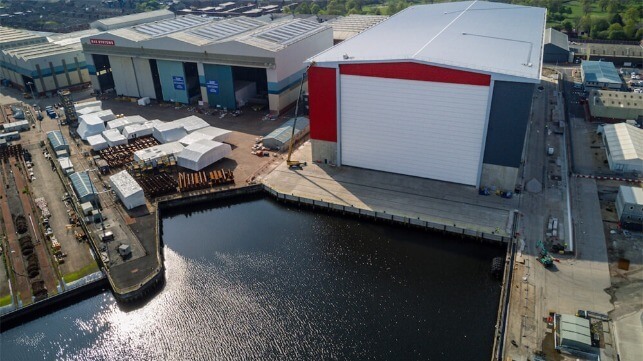There’s no denying that bringing Saint John back online would be difficult and expensive—but dismissing it outright ignores both precedent and future need.
Yes, the infrastructure is mostly gone, and yes, the workforce would need to be rebuilt. But that was exactly the case with Irving pre-NSPS. They modernized the Halifax yard with $350M in upgrades (much of it public money), and Seaspan followed suit out west. Let’s not pretend this is uncharted territory. Saint John already has deepwater access, a legacy of naval construction, and a skilled labour base in the region that could be retrained or re-attracted.
As for cost—sure, it would run in the billions. But so did standing up the current NSPS yards, and we didn’t blink at those numbers when they were deemed strategically necessary. The argument that “Canada can’t support another major yard” assumes a fixed future. That’s flawed thinking. With the River-class Destroyer (RCD) program stretching over decades, the Continental Corvette program being actively studied, Possible military icebreakers, multi-purpose vessels, submarine tenders, support ships, drone tenders, and other potential projects, the demand signal is not shrinking. It’s growing.
Frankly, we think too small in Canada. Any new capability—like a revived Saint John yard—doesn't need to be maxed out year-round to be worth it. It can be used to surge during emergencies, support allied workshare, or even be mothballed in peacetime like strategic airlift or reserve forces. Flexibility has value. Redundancy has value.
As for Davie, let’s be honest they’ve only recently been fully integrated into the NSS, and much of their current push is built on the promise of foreign subcontracting in Finland. That’s fine if you’re running a business, but if you’re running a country that claims to care about sovereignty and economic resilience, you shouldn’t be outsourcing the future of your fleet halfway across the world. Canada needs capacity here.
The real risk isn’t in reviving Saint John—it’s in putting all our eggs in two or three increasingly overloaded baskets, while pretending it’s still 2006 and not a more dangerous, unpredictable world.






